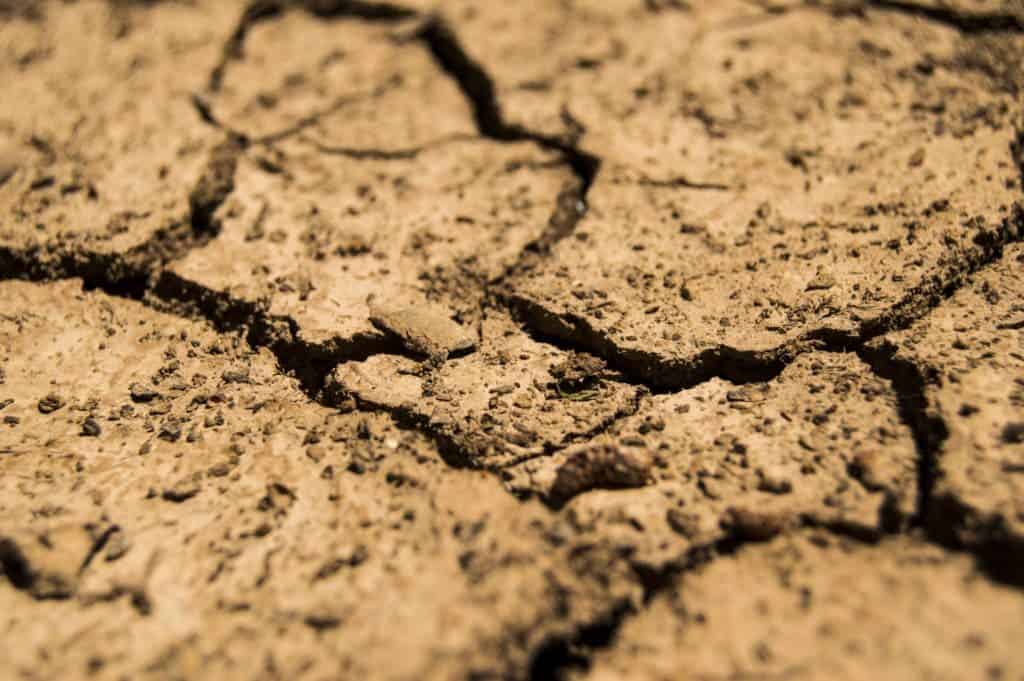A team of researchers from Rockefeller University has discovered a new class of antibiotics — and they found it in soil bacteria.

In 1928, a rather absent-minded scientist called Alexander Fleming returned from a summer vacation in Scotland to find a messy workbench — and a good deal more. Dr. Fleming found that a mold called Penicillium notatum had contaminated his Petri dishes, which were filled with colonies of Staphylococcus aureus. He noted that where the mold had taken over, it prevented the normal growth of the staphylococci. This paved the way for the discovery of Penicillin, the world’s first synthetic antibiotic.
Antibiotics changed the world and ushered in a new age of medicine, opening the door for the treatment and prevention of numerous bacterial infections. But recently, antibiotics have been struggling to keep up. Antibiotic resistance is peaking around the world, and it’s becoming a massive threat — one which, according to the World Health Organization, we’re not prepared to deal with yet. There are several things we, as a society, need to do to tackle this problem, but one method — the brute force approach — is to discover new antibiotics to which pathogens haven’t adapted to yet.
In this aspect, microbiologist Sean Brady thinks it’s time to switch tactics. Instead of growing new antibiotics in the lab, he wants to find them out in the field — in this case, quite literally.
Brady and his colleagues extracted over a thousand soil samples from U.S. soils, sequencing bacterial DNA and looking for potential antibiotics. They struck gold.
“Every place you step, there’s 10,000 bacteria, most of which we’ve never seen,” said Brady, an associate professor at Rockefeller University in New York. “Our idea is, there’s this reservoir of antibiotics out in the environment we haven’t accessed yet,” he added.
In a study referenced below, he and his colleagues describe the discovery of a set of genes that produce malacidins, a new family of antibiotics. Malacidins are a class of antibiotics found in soil microbiomes but not reported in microbiological culture-based studies. Malacidins work in a different way than most antibiotics: they use calcium to disrupt bacterial cell walls, a mechanism to which microorganisms don’t seem to develop resistance.
To test how these antibiotics work, they tested samples on rats with induced MRSA skin infections, reporting that the new antibiotics successfully defeated the dreaded MRSA. Scientists don’t really know what cells produce the antibiotic, but then again, they don’t need to — they have something just as good: the genetic blueprint for building it. The only problem now, Brady says, is to scale it.
Of course, we won’t see this antibiotic on the shelves tomorrow. More trials are still required to better assess the efficacy and safety of the treatment for humans.
Journal Reference: Bradley M. Hover et al. Culture-independent discovery of the malacidins as calcium-dependent antibiotics with activity against multidrug-resistant Gram-positive pathogens.






